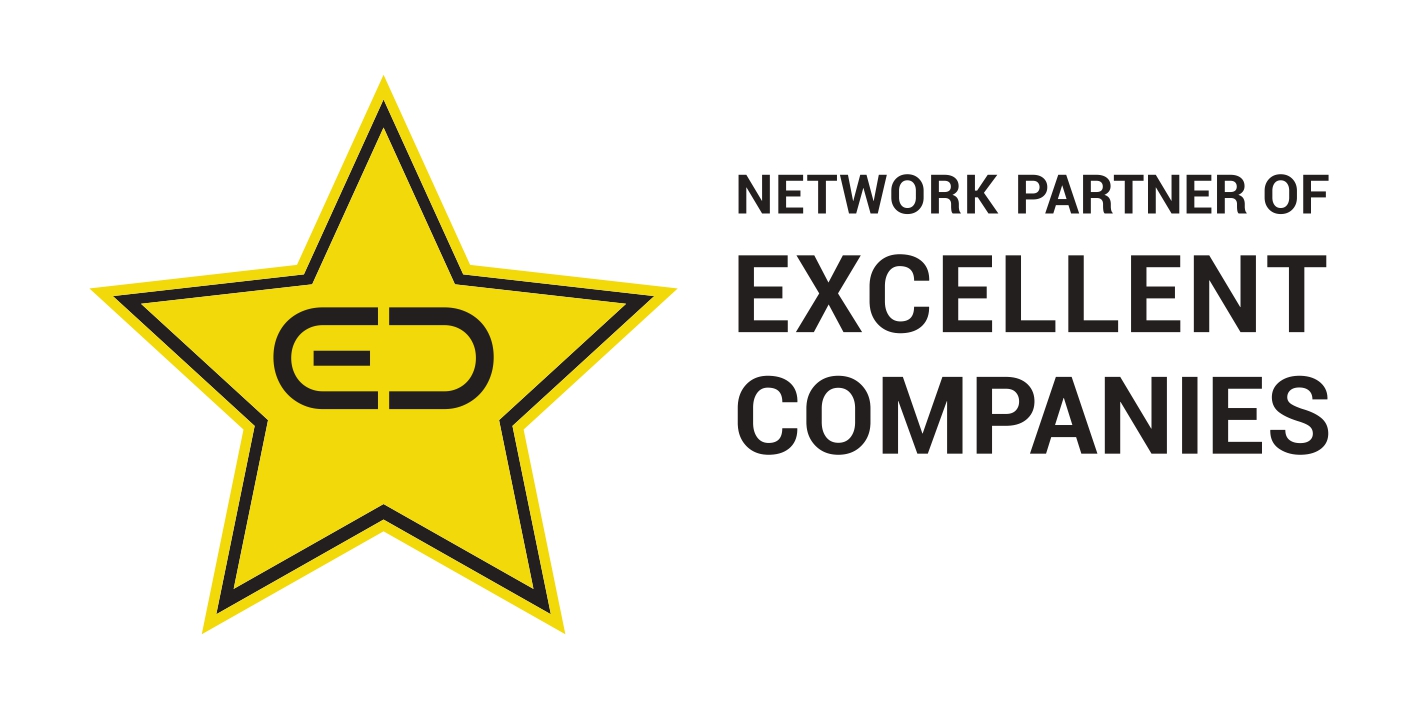December 17th, 2025, posted in for_founders
by Adelina
This is the 3rd article in our 4-part series about building landing pages using website builders. You can check out the links below for the other articles in this series:
1. No code? No problem. How to build landing pages without being a dev. [Part 1/4]
2. No code? No problem. How we built a landing page with Squarespace [Part 2/4]
You might remember my little experiment of creating functional landing pages via website builders. This time, I played around with Wordpress. To be specific, the blogging version of it. Since the main point of the experiment was not using code, I decided to avoid the more complex version, wordpress.org. This brought its own risks, but the landing page still got built, so clearly it wasn’t so bad.
Now, with Wordpress I had a clear advantage: out of the three website builders I experimented with, this is one I’ve been using myself for over 9 years. However, I used it mainly for blogging, and not much else. So I didn’t know what it could do in terms of landing pages, especially with just the built-in blogging functionalities and none of the famous plugins out there.
One thing Wordpress has been playing around with in recent years is their blocks system. This means that each piece of content on a Wordpress site is a block (this is exactly what they call them), and page editing depends on that. You can add or remove blocks, edit them, move them up and down. What you can’t seem to do (or maybe I haven’t found how) is add another block between existing blocks, but that’s another discussion.
Wordpress provides a variety of blocks to choose from, the main one being Paragraph. You can also embed content from many other sites (social media platforms, YouTube, Imgur, you name it), add various types of forms, images, image+text blocks, and more.
I started off by selecting a theme - Twenty Twenty. Matching it to UPDIVISION’s branding sadly took longer than I had hoped. The homepage was difficult to edit and I couldn’t remove the page title, and thus make it look exactly like the Squarespace landing page.

Slowly but surely, I managed to find my way around. As I was used to the paragraph, quote and embed blocks the most, all the other ones were new territory for me. But I found some premade groups of content, and some of it matched what I had already done in Squarespace. My initial hope of editing the existing bits from the theme I chose turned out to be the wrong choice: the best way to proceed was deleting all the blocks the theme came with and starting fresh.
After a couple of days, I managed to rebuild a page very similar to the one I made in Squarespace. There were, of course, several different aspects, but it followed the same structure and copy. One thing I couldn’t stand was being unable to add larger spaces between blocks, but maybe I haven’t found the right options yet.

Pros:
- It’s a well established website builder, so if you ever get stuck using it, you’ll be able to find help easily. Wordpress has a large forum, an entire help section with many different articles, and there are many third-party resources as well.
- There are A LOT of blocks you can use on your pages.
- If you choose to upgrade to a paid plan, it’s not as expensive as other platforms (their plans start at $8/month).
- You get all the text editing tools you’d need (alignment, colors, headings, etc.)
- You get responsiveness out of the box
- Really good Analytics system that lets you not depend on Google for at least one thing
Cons:
- The blocks system is quite restrictive, especially with some themes: the one I used clearly had a pre-selected block map. In other words, it was set to have blocks at a certain distance from one another or limited to just the very center of the page. Because of this, the contact form turned out like this: [add photo]
- You don’t get the most modern fonts - some themes restrict you to classic fonts like Georgia. We’ve got nothing against it, but in comparison, Squarespace had much nicer fonts.
- You can’t just add spacing between elements. There is a divider block available, but you can’t leave it empty. It’s either a line or dots.
- You HAVE to have a page title - and the theme I chose made it unnecessarily big. Not the look I was going for.

Overall, building a landing page - and not a blog, like I previously did - in Wordpress was a lot more challenging than I had expected. Of course, wordpress.org would’ve been the better choice, but I wanted to see how much I could do with the simpler version of this platform. In the end, Wordpress left me feeling unsure - did I love it or hate it? Well, it was a little bit of both.
If you don’t want something quick and dirty, but high quality and custom, contact us and let’s make it happen. And of course, stay tuned for the next part.

















